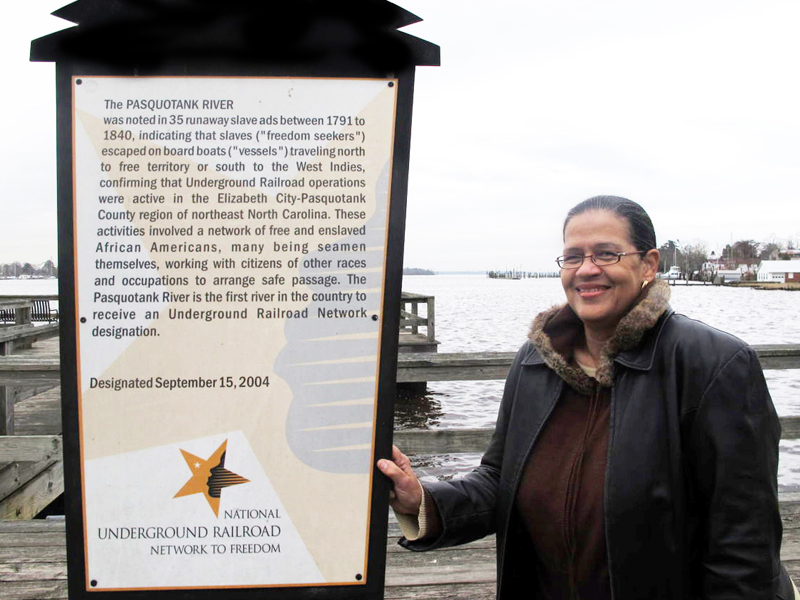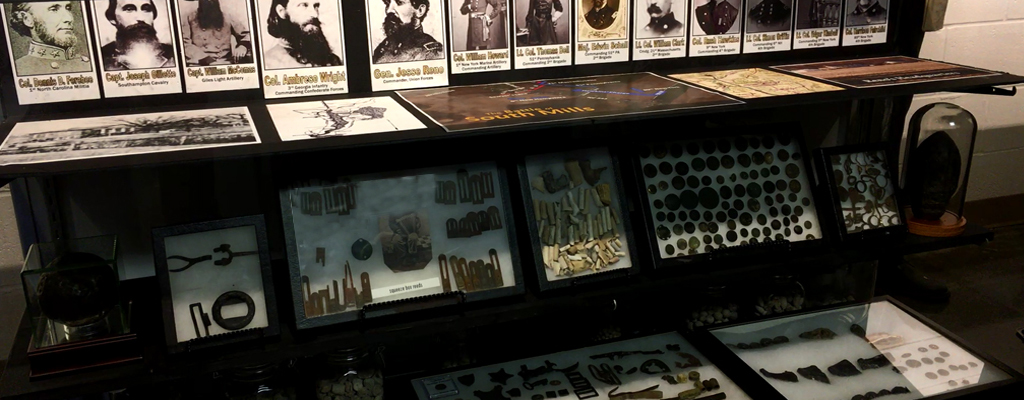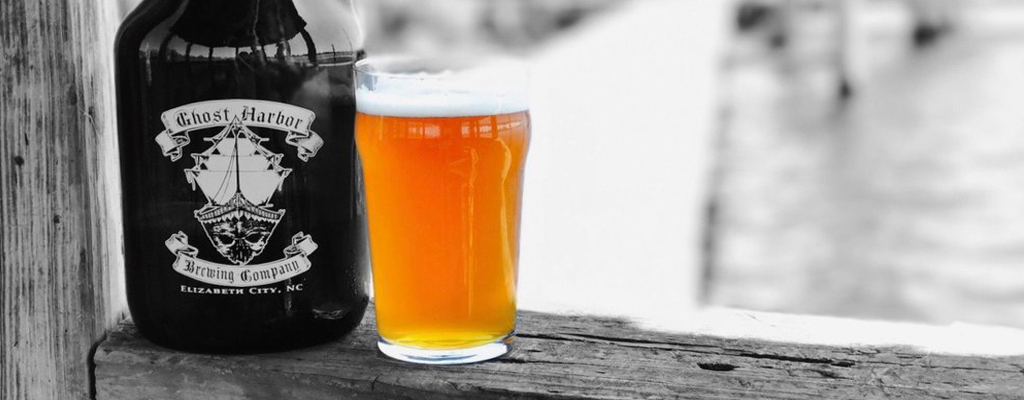
Elizabeth City resident, historian, and retired educator Wanda McLean received a special N.C. Coast Host award for her efforts to obtain federal designations that mark six northeastern North Carolina sites as part of the National Park Service's (NPS) Underground Railroad Network to Freedom Program. The award is presented annually to an individual who has benefited tourism, but is not directly employed in the industry.
If you have had the opportunity to meet Wanda, it’s easy to understand why the honor is so well deserved. Her drive, determination and hours of volunteer work were instrumental in our region obtaining six of North Carolina’s 15 designated Network to Freedom sites. Today, visitors who explore these landmarks – including one here at Waterfront Park in Elizabeth City – have a deeper understanding of the lives of these African American freedom seekers. We caught up with Wanda to ask her a few questions about her involvement with this program, how she developed an interest in history, and what she’s researching now.
What is the Underground Railroad Network to Freedom Program? The Network to Freedom program integrates on a national level historical places, museums, and interactive programs associated with the Underground Railroad. Communities are invited to submit applications to the NPS for designation consideration, and the ones that are selected have markers on their sites that, collectively, make up a national network of Underground Railroad sites.
How is it that you became involved? When I moved to Elizabeth City in 1978, I was just surrounded by the history of the Underground Railroad. I became very curious about the Great Dismal Swamp and began reading and researching as much as I could. Years later, I found out that the NPS developed a program specifically for the research of the Underground Railroad. I met with officials in Manteo, and that’s how I got started.
Which sites did you research and assist in writing the applications? The Pasquotank River, Great Dismal Swamp, Old Town Halifax, Washington, N.C. Waterfront, and the Roanoke and Neuse Rivers.
When did you first become interested in this chapter of American history? I believe my interest in history was kind of natural. Growing up in Atlanta during the Civil Rights movement, I had a front row seat to many historic events as they were happening. My great-grandmother, Mary Arnold Parks, was a former slave and my great-grandfather was the principal of the Fort Valley Industrial School, supported by the philanthropist Julius Rosenwald who built thousands of schools for African American children across the rural South. When I was eight years old, I moved with my mother to Detroit, which was rich with African American history. I went to Girl Scout meetings at Second Baptist Church, one of the last stops on the Underground Railroad. And from our house in Lafayette Park, I could see the William Webb House that was once a meeting place for John Brown and Frederick Douglass.
(Shown on the left- Wanda and Mary, center- four generations of Wanda's family, and right- Wanda's grandmother, Mary Arnold Parks. Click to view larger images.)
What brought you to Elizabeth City? After earning my Bachelor’s and Master’s degrees, I was working as a student recruiter at Hampton University in Virginia when I was offered at job teaching the incoming freshman “college survival” class at Elizabeth City State University. I continued to live in Hampton and commuted at first. I would go down Route 17, driving by the Dismal Swamp Canal. I was intrigued that the swamp was actually a refuge for a lot of runaway slaves and hundreds of them lived there for years.
What are you working on presently? Right now, I’m working with a non-profit group, the Northeastern North Carolina Underground Railroad Foundation, to encourage others to preserve the freedom seekers’ stories.
What was the most surprising thing that you learned from your research of the Underground Railroad? Probably about how the waterways and how slaves actually manned a lot of the vessels that were used for commerce in North Carolina – and they were very highly trained. They worked on these boats loading and unloading, and then I discovered they were instrumental in building and caulking the boats. There is now evidence that a lot of these vessels were manned 100 percent by slaves and not supervised by white owners.
Why is preserving and interpreting this chapter in American history so important to you? The stories of these freedom seekers are part of American history, and I think it’s so important for young children, especially of African descent, to really understand why they fled,” said McLean. “It’s just inborn to be free.”
We thank Wanda McLean for her many hours of research and for talking with us. To learn more, visit the Pasquotank River marker at Waterfront Park and visit the Dismal Swamp Welcome Center to learn more with their story telling interpretive panels.

Through the vision of a group of passionate historians and residents who wanted a permanent home for Camden County artifacts, documents, and stories, The Camden County Heritage Museum and Historic Jail (117 N.C. Highway 343, next to the Historic Courthouse; 252-771-8333), a short drive from Elizabeth City, were founded in April 2017 and boast a historically significant array of local items, circa 1777 to present day.... READ MORE

For most of us, there is no better place to buy fruits and vegetables than at a farmers' market. These markets are not just venues for buying items but also provide an opportunity for us to learn how food is raised, allow visitors to experience local life, and serve as a spot for locals to discuss the latest community happenings with their neighbors.... READ MORE

One step inside Ghost Harbor and I observed a detailed and considered décor that is comfortable and modern, belying its more humble early to mid-20th century “historic downtown main street” exterior appearance.... READ MORE